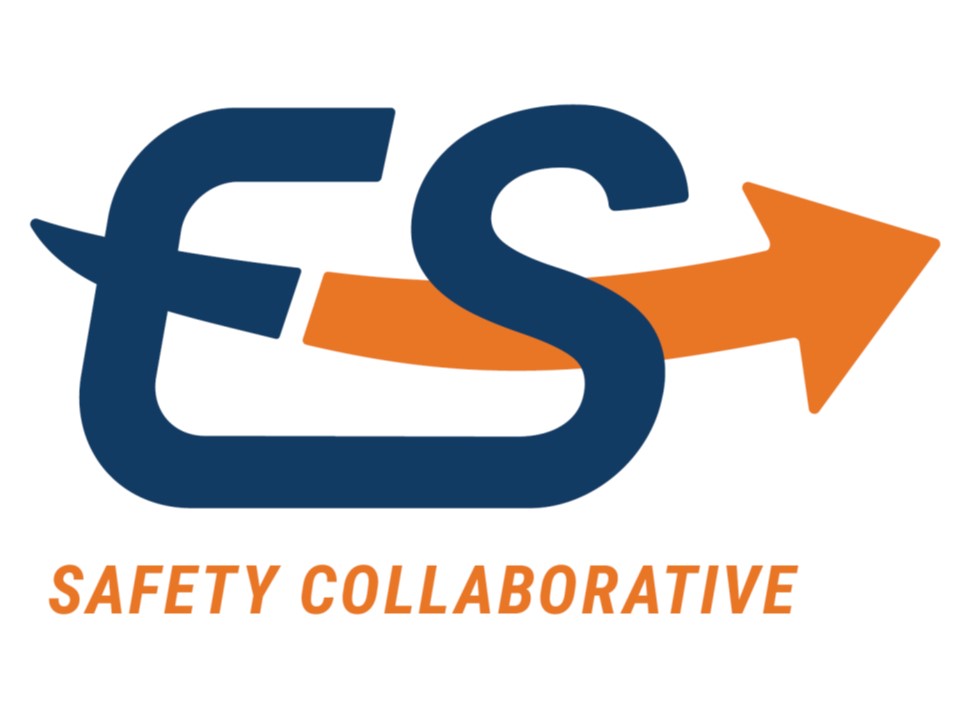Documenting and verifying compliance is traditionally considered within a broader term conformity assessment. Subsequent to the development of codes and standards they must be adopted in order to become effective (e.g. required). Such adoption can be voluntary in nature (e.g. someone simply decides they will follow particular codes or standards) but in almost all cases compliance with the codes and standards that are adopted is required. A requirement that codes and standards be satisfied creates the need to address how an ESS proponent (the entity and/or persons wanting to design, manufacture, sell, install, operate, etc. the technology) can document that an ESS is safe and how an authority having jurisdiction (the entity and/or persons charged with ensuring that the technology actually complies with the codes and standards adopted) (AHJ) can validate and confirm the ESS is safe.
Energy Storage System Safety – Documenting and Validating Compliance with Codes and Standards
Codes and standards govern the safety of the built environment, which includes ESS technology and its application in the built environment. As covered in the development information provided, they are developed in the voluntary sector and adopted and applied by numerous entities. These documents typically lag technology development and application because it takes time to develop them and then an additional period of time for them to be adopted.
Eventually, C/S “catch up with” the technology and provide specific and prescriptive criteria that “memorialize” what is considered acceptable. Those C/S are subsequently adopted and, being specific and prescriptive, provide needed guidance to simplify ESS consideration and approval significantly. The Many C/S provide specific criteria for the design and construction of components of an ESS as well as an entire ESS as well as the installation, commissioning, operation, repair/renovation and re-commissioning or de-commissioning of an ESS. Some of those criteria are prescriptive in nature and are easily documented and verified for compliance (e.g. ‘the system shall be at least X ft. away from…’). Other provisions are performance in nature and may be more challenging to document and verify for compliance (e.g. ‘the ESS shall be provided with a thermal management system that can maintain the ambient temperature around the ESS at X’). The C/S generally provide specific criteria for ‘older’ ESS technologies, are being updated to include more specific criteria for ‘newer’ ESS technologies and will be updated in the future to address additional ESS technologies and applications under development and just coming to the market.
Until C/S are updated as presented above, noting over time as C/S are updated technology also evolves so C/S will always need updating, a provision in C/S associated with Alternative Methods and Materials (AMM) can provide for their review and approval. The basis for AMM is the approval of an ESS where what is proposed can be documented and found to be no more hazardous, nor less safe, than other things specifically and prescriptively addressed in the C/S. Without guidance in applying current C/S to ESS and where relevant the AMM provisions, the review and approval, and resultant safety, of ESS will be more challenging because each AHJ may have different approaches associated with what documentation they will want when considering an ESS installation under the AMM provisions.
Additionally, each ESS proponent is likely to develop and advocate for their own approach to making their case for equivalent safety under the AMM provisions.
The following resources have been developed by the ESSC. These documents are intended to assist with the task of documenting and validating compliance with ESS related safety codes and standards, both the specific provisions that may address an ESS technology or application or a technology or application where the codes and standards may not provide specific provisions. Acknowledgments of participants in there development are included in each of the published documents.
ESS Guide for Compliance with Safety Codes and Standards
The Compliance Guide (CG) is intended to facilitate the timely deployment of stationary ESSs within an infrastructure of safety-related regulations, specifications, and other governing (adopted) criteria based upon voluntary sector standards and model codes that may not have been updated to cover all ESS technologies or their intended application specifically. The availability of this CG hopefully will assist those that need to document compliance with current safety-related codes and standards and guidance that what is proposed is safe. The CG is also intended to assist those responsible for verifying compliance with those same codes and standards.
Energy Storage System Guide for Compliance with Safety Codes and Standards
ESS Plan Review/Inspection Checklist
For background, the development of this checklist was initiated through the identification of a need by the International Codes Council (ICC) to develop a high level/generic checklist for ESSs. A task group was formed who assisted in developing the checklist, which is included in the document under Acknowledgments. The intent of the checklist was not to include specific code language from one code over another. AHJs and others who may want to use this checklist can customize it to fit their needs and codes they enforce in their location.
The purpose of this checklist is to help AHJs that are validating ESS installations recognize the issues they have to look out for (and it could also serve those who have to document the safety of their ESS (e.g. permittees)) that are associated with the safety of those installations. This will augment the Compliance Guide (CG) that was recently published and be included in an update to the CG and act as a stand-alone document that can be customized to meet any more specific needs of stakeholder users.
Energy Storage System Safety: Plan Review and Inspection Checklist
